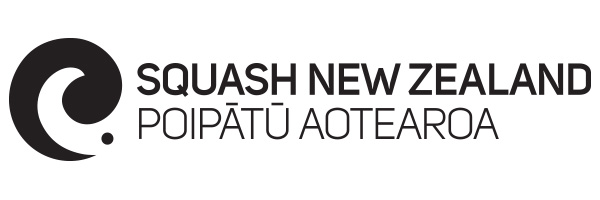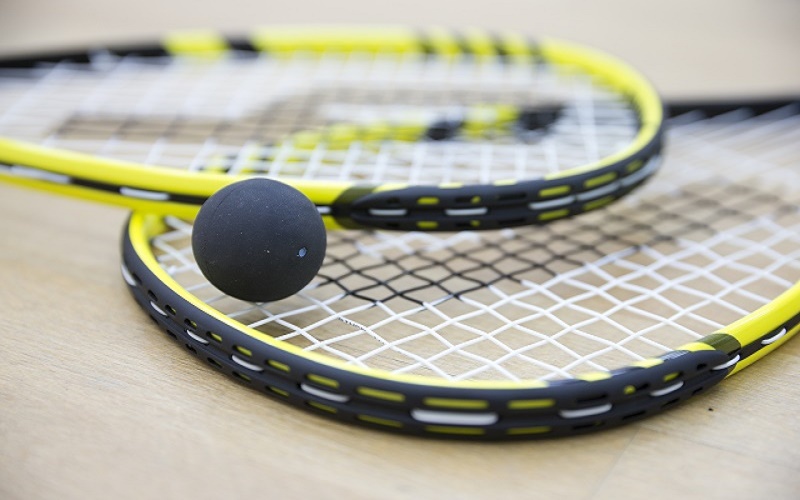Rackets
Squash rackets are considered to be an extension of your arm so it is also important to find one that fits. There are many aspects to consider: throat shape, frame profile, balance, weight, string type, grip, brand and price. We suggest looking around and finding one that feels right for you.
Balls
Squash balls are unique in that they need hitting for a few minutes until they 'warm up'. It is important to choose the right ball for your skill level so that the ball stays warm and lively. The larger, bouncier balls will allow you more time to get a rally going and will help you develop the correct technique. There are different types of squash ball:
- Pro (double yellow dot) – has the lowest bounce and is most suitable for advanced players
- Competition (single yellow dot) – is the same size as the Pro but has a 10% longer hang time and is most suitable for intermediate players.
- Progress – is 6% larger and has a 20% longer hang time than the Pro. Is most suitable for developing players.
- Intro – is 12% larger and has a 40% longer hang time than the Pro. Is most suitable for beginners.
- Blue – is even bigger and bouncier and the Intro. Is most suitable for those who want a slower pace.
Clothing and footwear
Wear whatever you feel comfortable in that allows you to move around the court; and shoes that will give you adequate foot support. Some clubs and facilities may ask you to wear non-marking rubber soles that don’t leave marks on the court.
Eyewear
While eye injuries are rare in squash, you may wish to wear protective eyewear on court. This particularly applies when playing doubles and in junior squash where eye protection is mandatory in competition.
